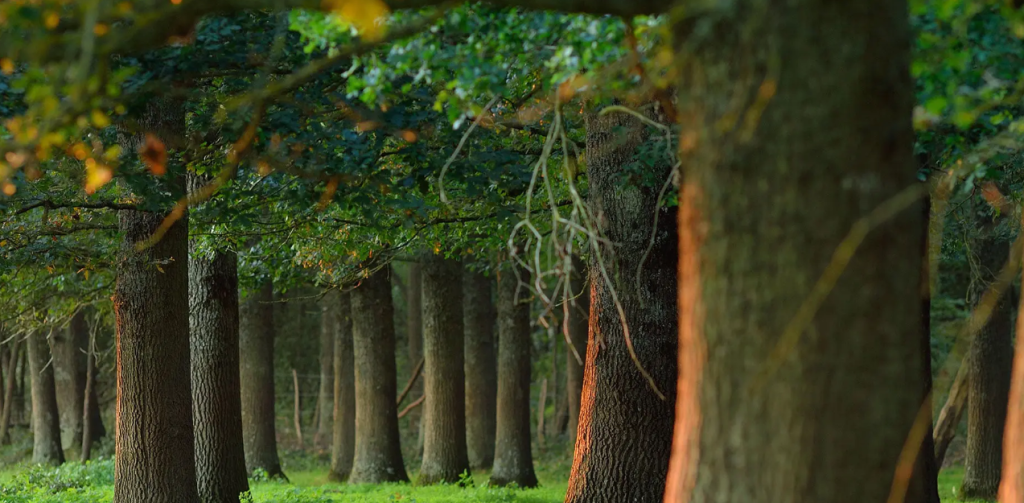Let’s explore India National Forest. India is a land of diverse cultures, languages, and natural resources. One of the most striking natural resources in India is the Sundarbans National Park, which is a UNESCO World Heritage site located in West Bengal. This article will take you on a journey to discover the beauty and biodiversity of the Sundarbans, including its flora and fauna, threats to its ecosystem, and measures to preserve this unique natural habitat.
The Sundarbans National Park: Overview and Location of the India National Forest
The Sundarbans National Park is a mangrove forest located in the delta of the Ganges, Brahmaputra, and Meghna rivers, covering an area of about 10,000 square kilometers. It is situated in the South 24 Parganas district of West Bengal, India, and is shared with Bangladesh. The Sundarbans Reserve Forest is the largest estuarine mangrove forest in the world, and also one of the largest protected areas in the Indian subcontinent.
Flora and Fauna of Sundarbans
The Sundarbans National Park is a unique ecosystem that supports a diverse range of flora and fauna. The mangrove forests serve as breeding and feeding grounds for various species of mammals, birds, and reptiles. The Royal Bengal Tiger is one of the most popular inhabitants of the Sundarbans, and it is estimated that there are about 100 tigers in the forest. Other mammals that can be found here include the Indian rhinoceros, spotted deer, wild boar, fishing cat, and many more.
The Sundarbans is also home to various species of birds, including the endangered Masked Finfoot, which is a rare species found only in the mangrove forests of Southeast Asia. The estuarine crocodile and the Olive Ridley sea turtle are two other significant species that can be found in the Sundarbans.
Threats to the Ecosystem of Sundarbans
Despite being a protected area, the Sundarbans ecosystem is facing several threats due to human activities, including deforestation, pollution, and climate change. The increasing human population and development activities in the surrounding areas have led to habitat fragmentation and degradation, which have adversely affected the flora and fauna of the Sundarbans.
The increasing levels of pollution from industrial and agricultural activities in the adjacent areas have also affected the water quality of the Sundarbans, leading to the destruction of the mangrove forests. Climate change has also led to sea-level rise and increased salinity in the mangrove forests, which has impacted the biodiversity of the region.
Conservation Efforts and Measures for the India National Forest
The Indian government, along with several non-governmental organizations, has taken several measures to conserve and protect the Sundarbans ecosystem. The Sundarbans National Park was declared a UNESCO World Heritage site in 1987, which helped in promoting conservation efforts and raising awareness about the importance of preserving this unique ecosystem.
The Indian government has also implemented several policies and programs, such as the National Afforestation Program and the Integrated Coastal Zone Management Program, to promote afforestation and prevent further degradation of the mangrove forests. Several NGOs, such as the Sundarbans Tiger Reserve Trust, have also been working towards protecting the tigers and other wildlife of the Sundarbans.
FAQs about India National Forest
Q: What is the best time to visit the Sundarbans National Park?
A: The best time to visit the Sundarbans National Park is from September to March when the weather is pleasant.
Q: Is it safe to visit the Sundarbans National Park?
A: Yes, it is safe to visit the Sundarbans National Park, provided you follow the guidelines and regulations of the park authorities.
Q: How can I reach the Sundarbans National Park?
A: The nearest airport to the Sundarbans National Park is the Netaji Subhas Chandra Bose International Airport in Kolkata. From there, you can take a taxi or a train to reach the park.
Q: Can I see the Royal Bengal Tiger in the Sundarbans National Park?
A: Yes, the Royal Bengal Tiger is one of the main attractions of the Sundarbans National Park, and if you’re lucky, you may spot one during your visit.
Q: Is it possible to stay inside the Sundarbans National Park?
A: Yes, there are several eco-friendly resorts and lodges inside the Sundarbans National Park where you can stay and experience the natural beauty of the park.
Conclusion
The Sundarbans National Park is a unique natural habitat that is home to a diverse range of flora and fauna. While human activities are posing a threat to this ecosystem, concerted efforts are being made to conserve and protect it. Visiting the Sundarbans National Park is a must for nature lovers and wildlife enthusiasts, and with responsible tourism, we can ensure the preservation of this beautiful natural heritage.
References
- “Sundarbans National Park.” India National Parks. Accessed April 11, 2023. https://www.indianationalparks.com/west-bengal/sundarbans-national-park.
- “Sundarbans.” UNESCO World Heritage Centre. Accessed April 11, 2023. https://whc.unesco.org/en/list/798/.
- “Sundarbans National Park.” West Bengal Tourism. Accessed April 11, 2023. https://wbtourismgov.in/destination/place/sundarbans-national-park.

